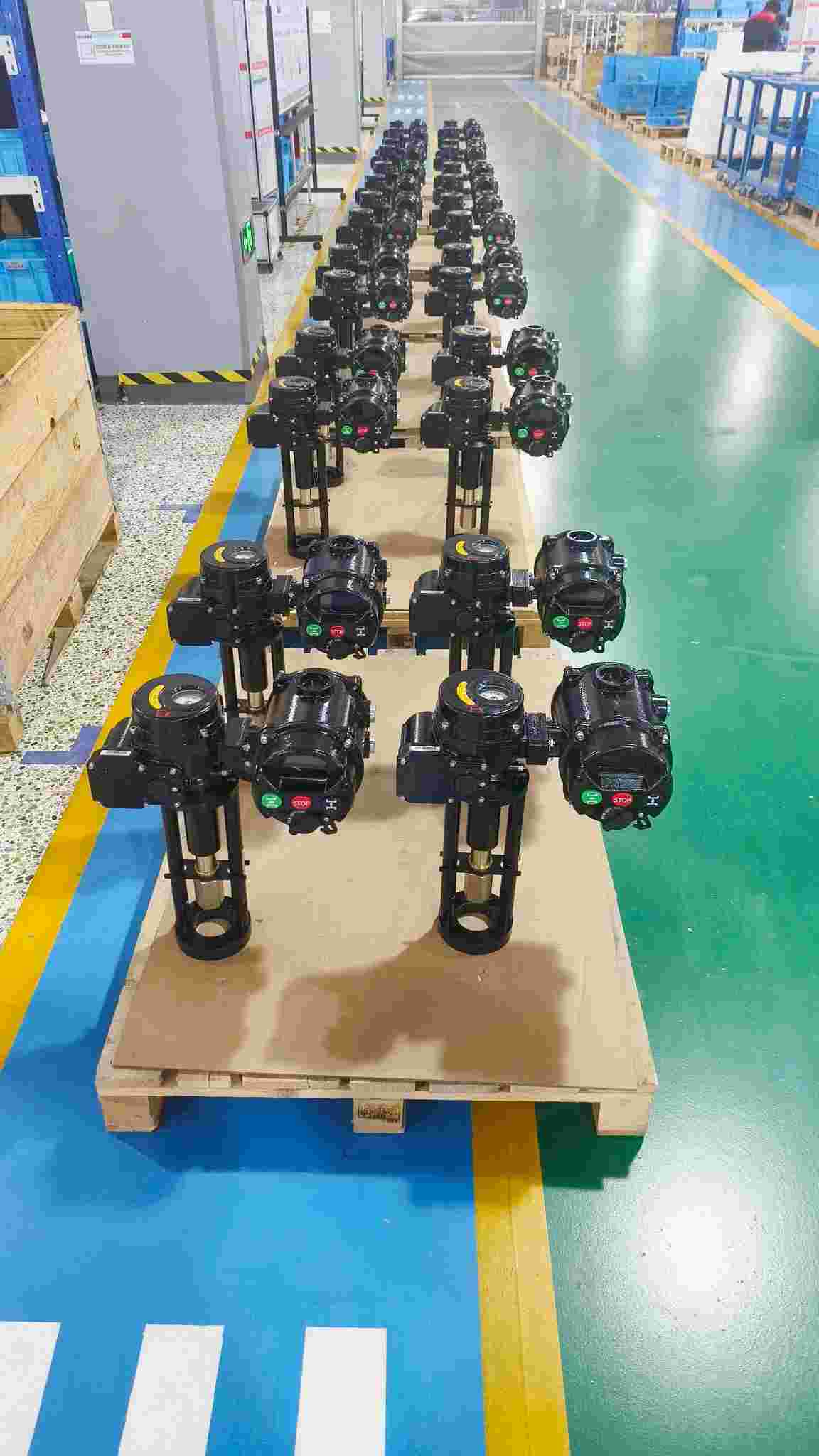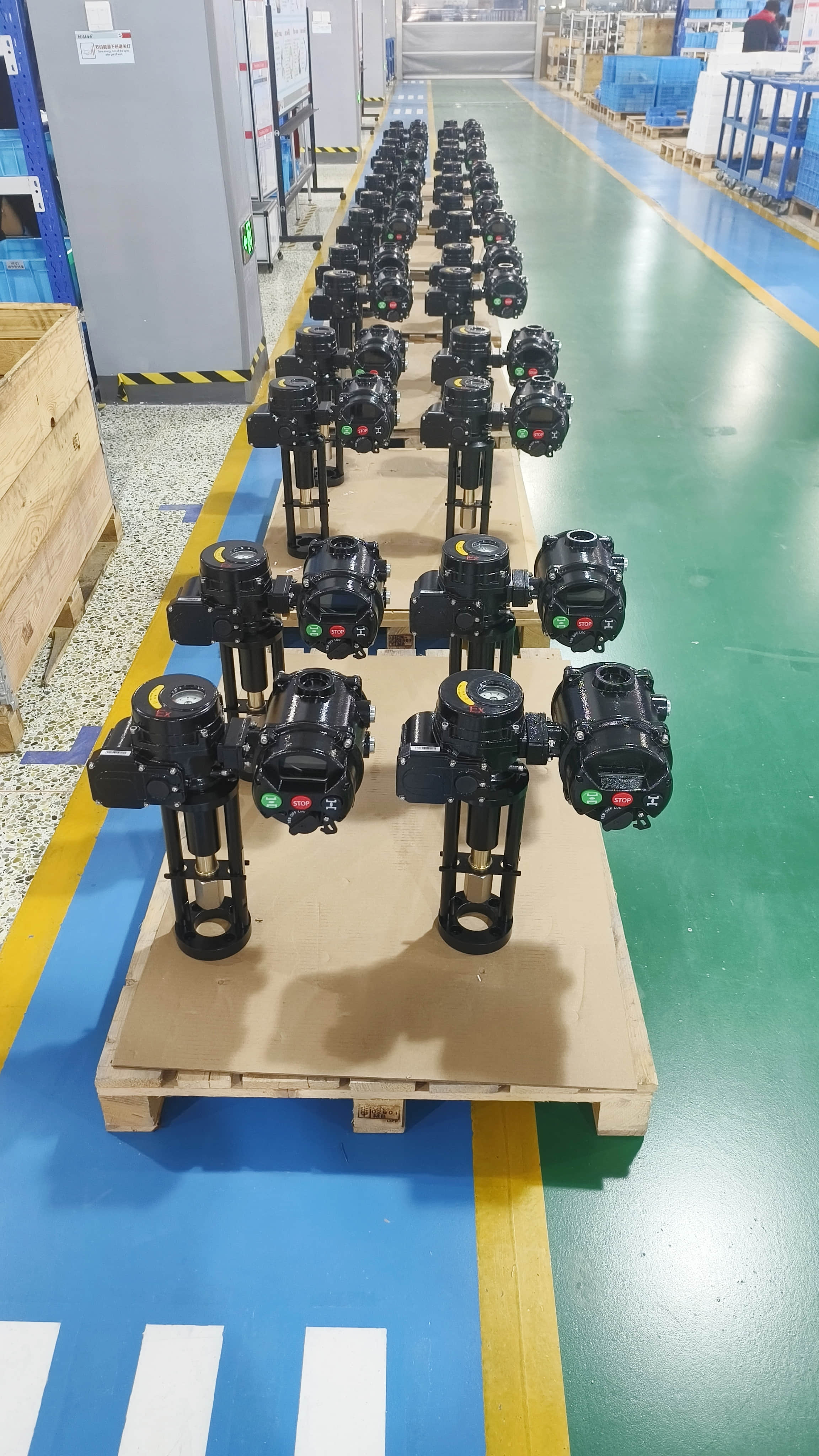
Intelligent integrated actuators (IIAs) represent a significant advancement in automation technology, offering both precision and versatility in a wide range of industries. These devices combine the functionality of traditional actuators with embedded intelligence, enabling them to perform tasks autonomously and efficiently. With applications spanning from robotics to industrial machinery, IIAs are transforming automation by providing smarter, more adaptable systems. This article delves into the development, working principles, applications, and future trends of intelligent integrated actuators.
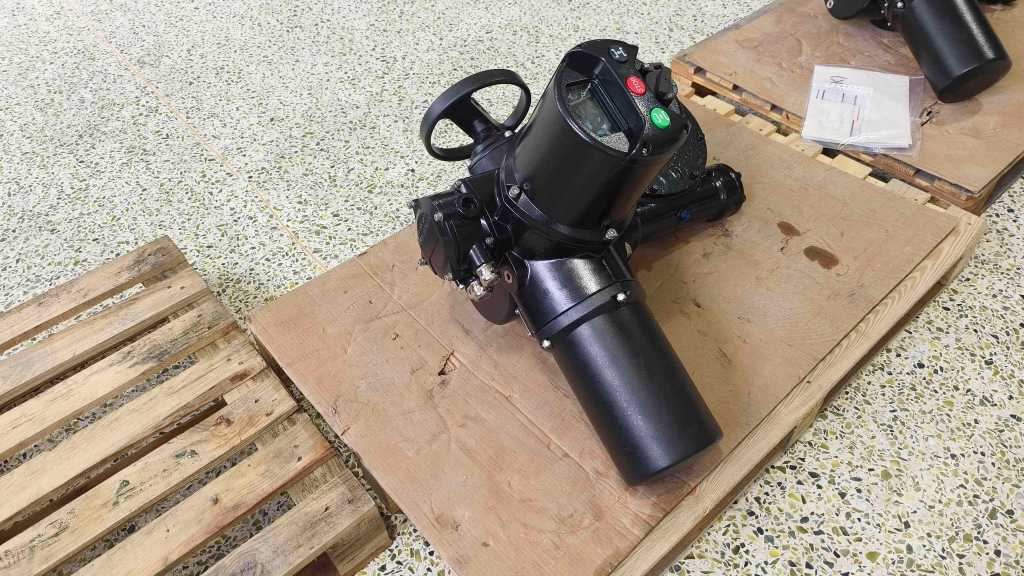
Understanding Intelligent Integrated Actuators
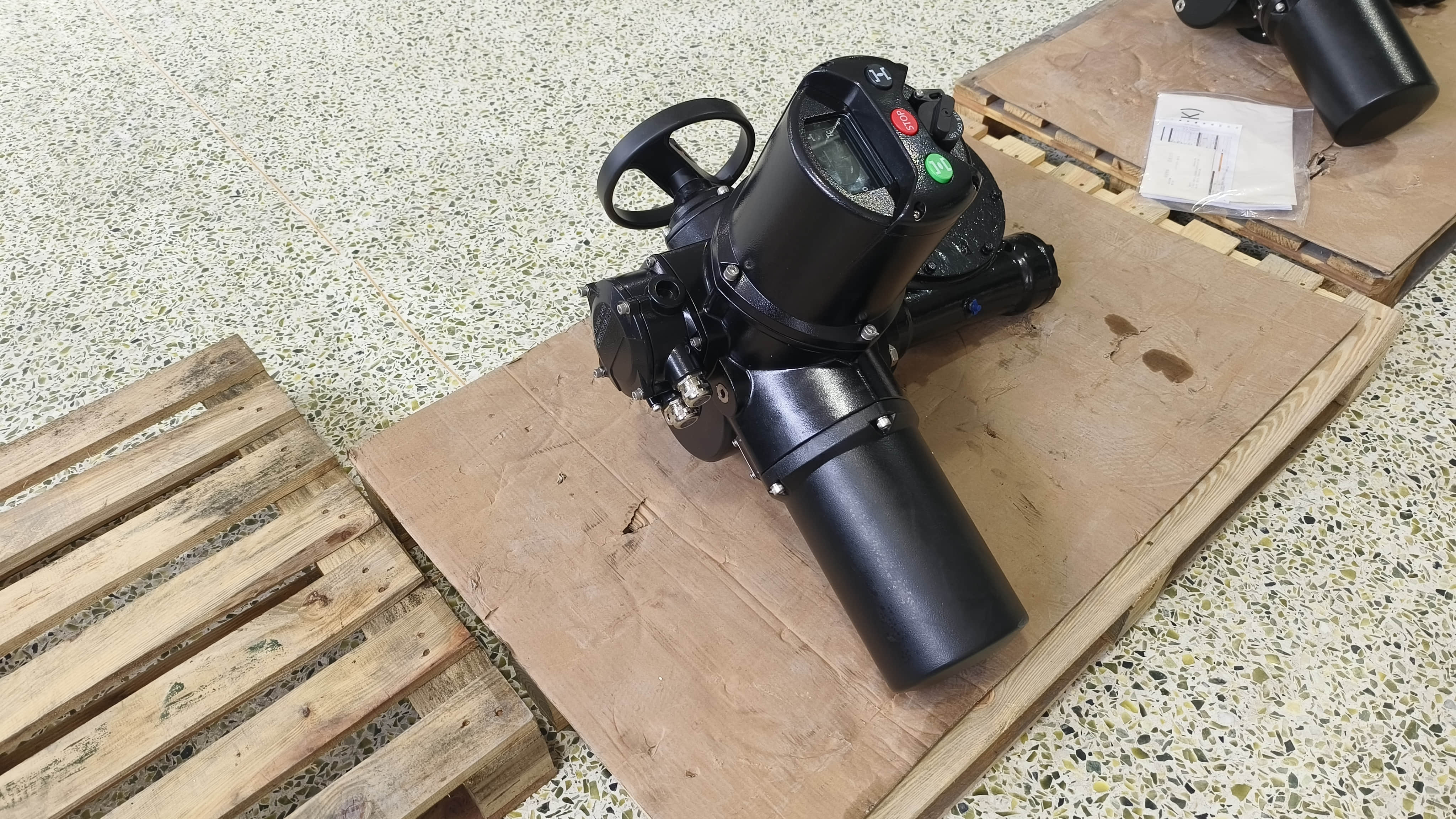
At their core, intelligent integrated actuators are a fusion of an actuator and a control system within a single unit. Traditionally, actuators are mechanical devices that convert energy into motion, enabling systems to perform specific tasks. They are commonly used in robotics, automotive, and industrial automation to control movements like rotation or linear displacement.
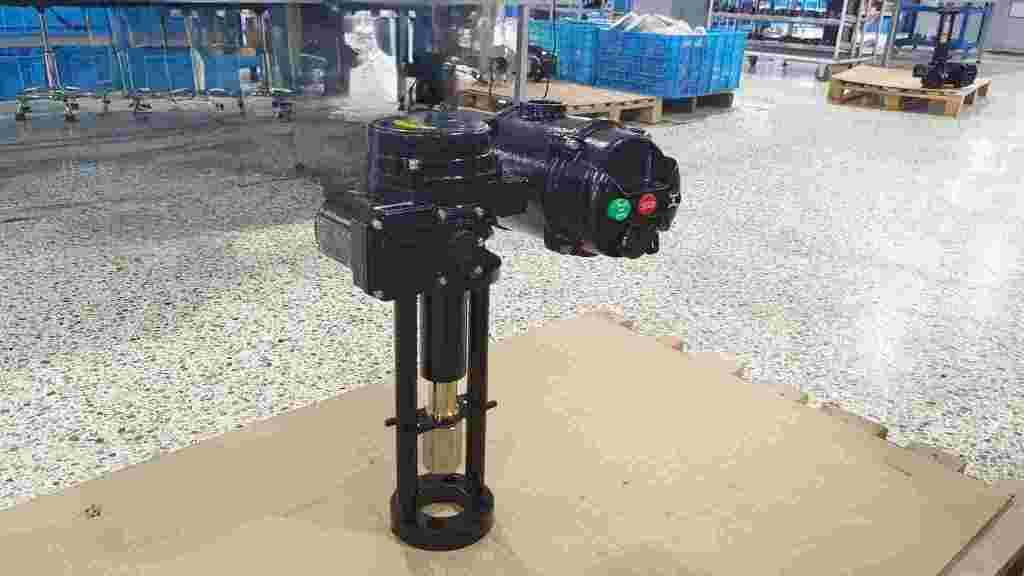
In contrast, IIAs go a step further by integrating sensors, feedback systems, and processing capabilities within the actuator itself. This integration allows for real-time monitoring, adaptive control, and enhanced decision-making capabilities. The intelligence embedded in these actuators can analyze environmental conditions, predict performance, and make autonomous adjustments to ensure optimal operation. This capability not only improves efficiency but also reduces the need for external controllers or complex wiring.
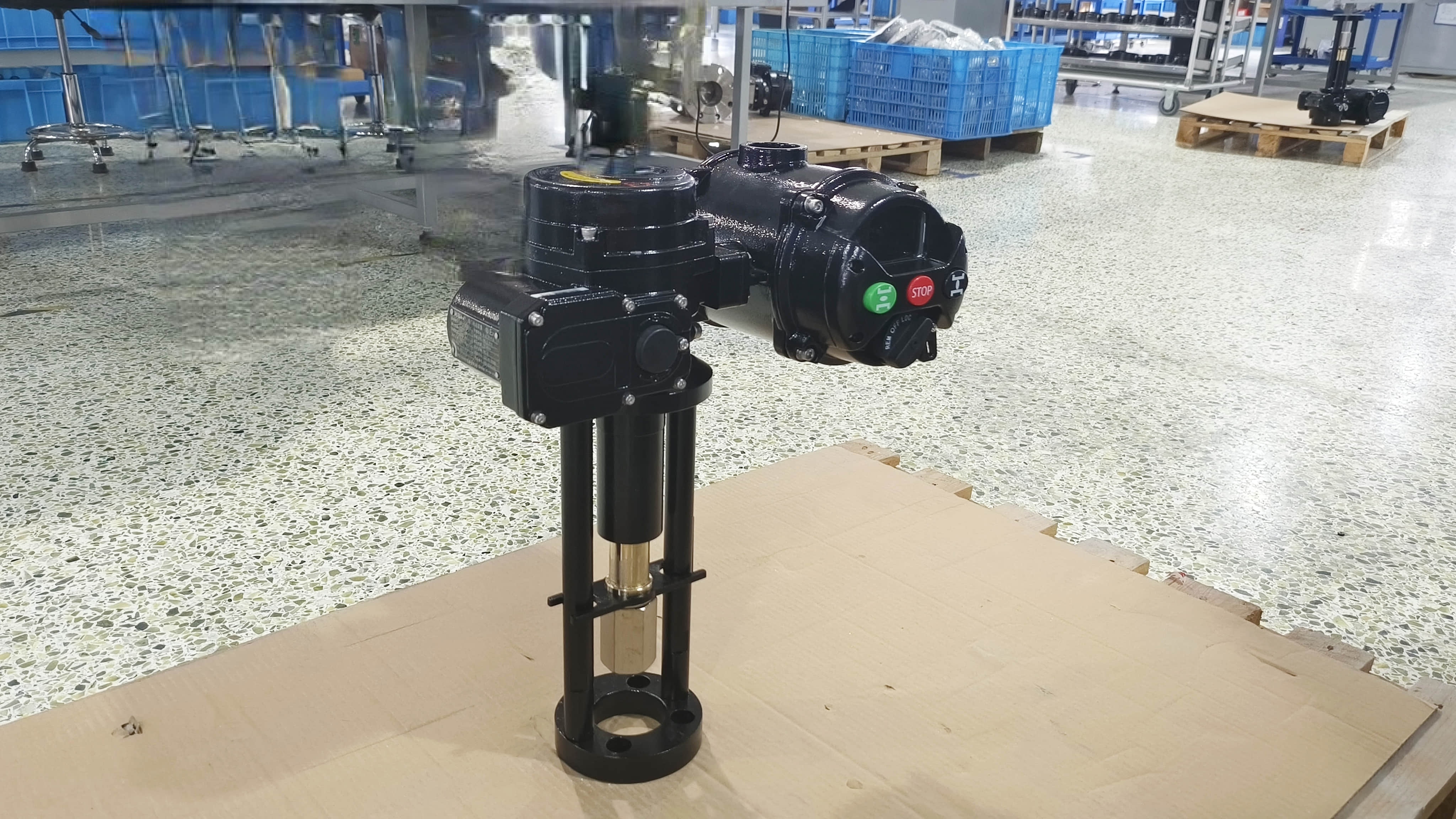
Key Features of Intelligent Integrated Actuators
